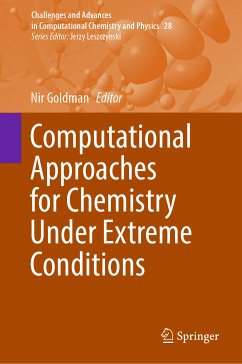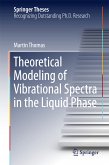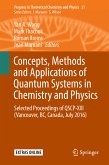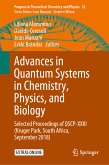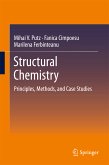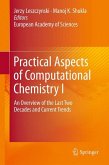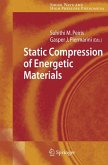This book presents recently developed computational approaches for the study of reactive materials under extreme physical and thermodynamic conditions. It delves into cutting edge developments in simulation methods for reactive materials, including quantum calculations spanning nanometer length scales and picosecond timescales, to reactive force fields, coarse-grained approaches, and machine learning methods spanning microns and nanoseconds and beyond. These methods are discussed in the context of a broad range of fields, including prebiotic chemistry in impacting comets, studies of planetary interiors, high pressure synthesis of new compounds, and detonations of energetic materials. The book presents a pedagogical approach for these state-of-the-art approaches, compiled into a single source for the first time. Ultimately, the volume aims to make valuable research tools accessible to experimentalists and theoreticians alike for any number of scientific efforts, spanning many differenttypes of compounds and reactive conditions.
Dieser Download kann aus rechtlichen Gründen nur mit Rechnungsadresse in A, B, BG, CY, CZ, D, DK, EW, E, FIN, F, GR, HR, H, IRL, I, LT, L, LR, M, NL, PL, P, R, S, SLO, SK ausgeliefert werden.

